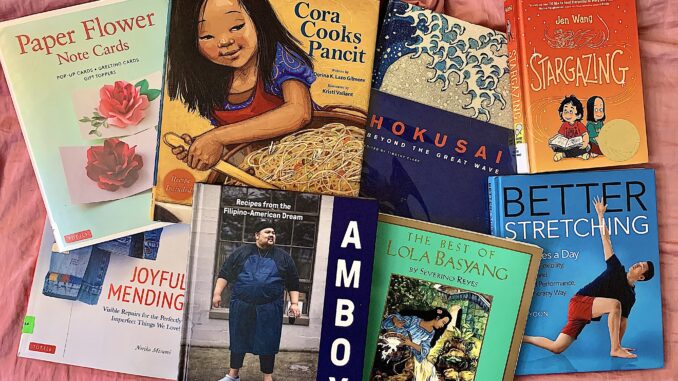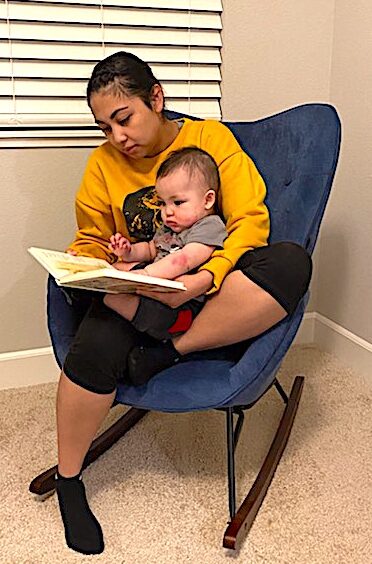
Experience and research show that cultural exposure broadens our minds and increases our understanding of other races.
As the pandemic constrains us to stay home, our social interactions are limited. But we can still experience other cultures through diverse books.
“Culturally authentic books help minority and mainstream readers. It gives minorities a sense of pride and reduces misunderstandings and stereotypes about their race. Books have the power to build tolerance.” (Using read-alouds with culturally sensitive children’s books: a strategy that can lead to tolerance and improved reading skills, Hani Morgan, 2009)
“To reach students from different backgrounds, it is important for teachers to select children’s books that represent various cultures accurately. If students do not read about their cultural groups’ contributions or see pictures of people that represent their cultural backgrounds, they will likely feel alienated, and this will hinder their academic performance.” (Morgan)
But what is diverse? It depends on the reader—where he’s from and where he’s based. The US is 62% white, 17% Hispanic, 13% Black, and only 5% Asian. So a white child in the US will increase his cultural exposure with books about Latin America, Africa, and Asia.
Books are essential to learning. Children learn literacy skills as they learn about the world through storybooks, story times, reading hours, and book-based activities. Teachers need to choose updated multicultural books that don’t show stereotypes.

Baby Dax reads with Mom Janelle. Early read-alouds of culturally sensitive books improves reading skills and fosters tolerance in children.
“Research has indicated how diverse books contribute to a more culturally responsive pedagogy, allowing children to identify themselves in the stories they read and gain an appreciation for others whose lives are different from theirs. Moreover, a sensitive discussion of and critical responses to diverse picturebooks is found to positively influence a child’s social and emotional learning competencies, apart from increasing a child’s cultural knowledge and serving as a catalyst for social justice.” (Diverse books for diverse children: Building an early childhood diverse booklist for social and emotional learning, Rhoda Myra Garces-Bacsal, 2020)
It’s important to read early to kids. It’s well-established that preschoolers who enter kindergarten with strong literacy skills excel throughout their academic career. That’s why we all want our kids to read well. At the same time, we need to expose babies to different races by reading diverse books to negate any likely bias in favor of their same race.
“Culturally sensitive children’s books can also aid students to develop positive cross cultural attitudes because children’s books are not just resources to teach reading; they also transmit values, norms, and attitudes.” (Morgan)
But even now, it’s never too late to open ourselves to a better understanding of others by opening a book.
@IvyDigest
